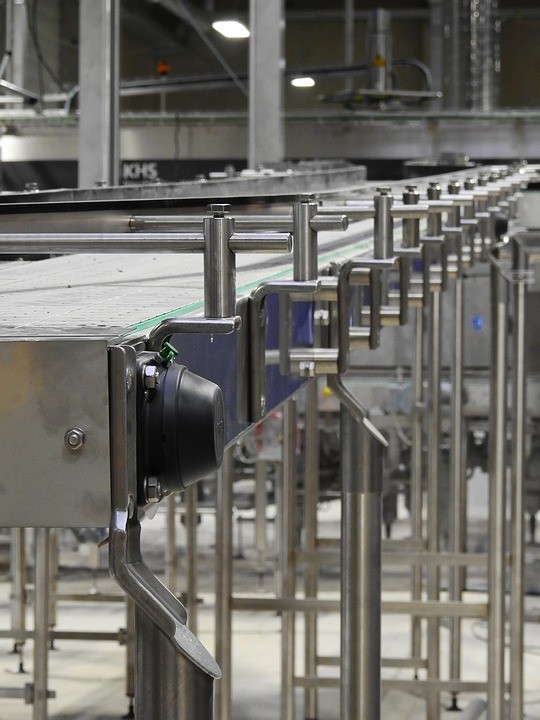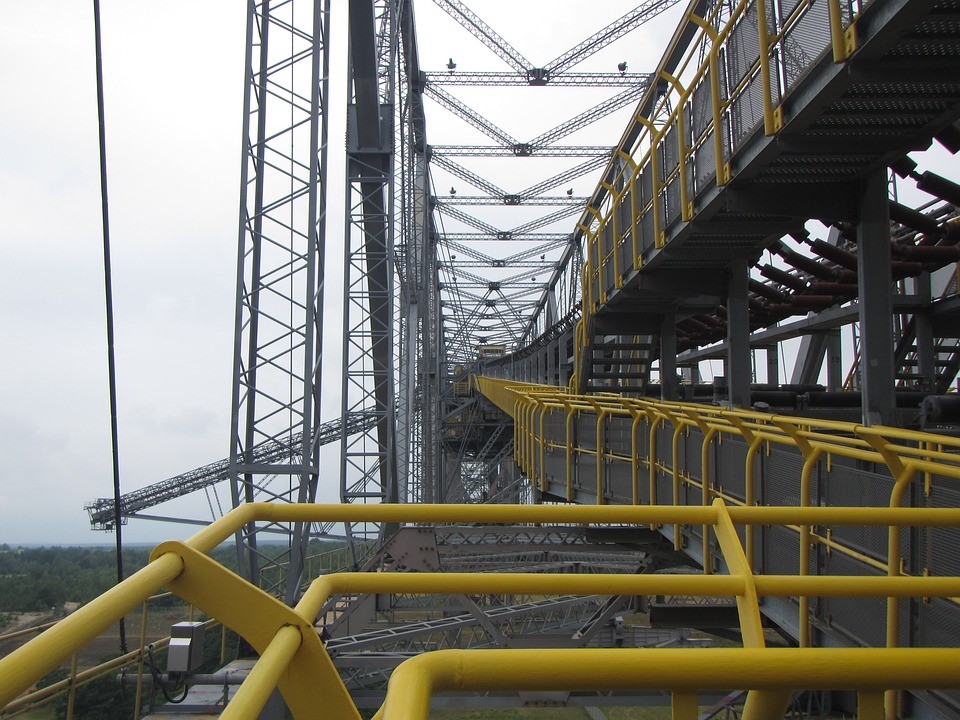
What is a closed conveying system?
There are numerous ways in which materials and substances can be moved around. However, in some instances, such as when the material to be conveyed is potentially hazardous, or needs to be kept sterile, a closed conveying system may be the best method.
Greater protection and savings
As the name suggests, closed conveying systems enable a greater degree of control. Unlike in open conveying systems, where air is generally taken from the environment and then returned after being filtered, a closed system operates in a much more strictly controlled environment.
This means that gases used for conveying materials can be re-circulated, saving costs at the same time as protecting whatever material is being conveyed from potential contamination or product degradation. It is particularly important when the materials themselves may be hazardous or explosive. In such instances, a closed system is vital and in many cases, a vacuum conveyor would probably be the most appropriate solution to ensure that no leaking or contamination issues occur.
Experts in conveying such as Aptech http://www.aptech.uk.com/pneumatic-conveying-systems/vacuum-conveying/ can design systems which are bespoke to fit individual requirements.
Typically, a closed conveying system comprises a loop of pipework which prohibits changes in the gases used. A null point positioned after the blower enables the system to work entirely under a vacuum.
In addition, backup filters can be used to prevent systems becoming vulnerable to damage by dust and heat exchangers guard against temperature changes to the gas while the system is in use.
Different types of closed conveyor systems
There are a few different types of closed conveyor systems. One is called a dry-air closed loop conveyor which uses a dehumidifier to top up gas or air, ensuring it remains of a consistent quality to avoid problems associated with moisture creeping into the system.
Another setup is known as a sealed system which is crucial when handling potentially explosive products. Further guidance on the safest methods of conveying can be found on the Health and Safety Executive’s website.
In Summary, closed conveying systems have many advantages and can be designed to fit the specific needs of most products. With so many options available, it is worth consulting the experts in conveying and handling of bulk materials to determine the best solution for your own individual industrial needs.




Average Rating